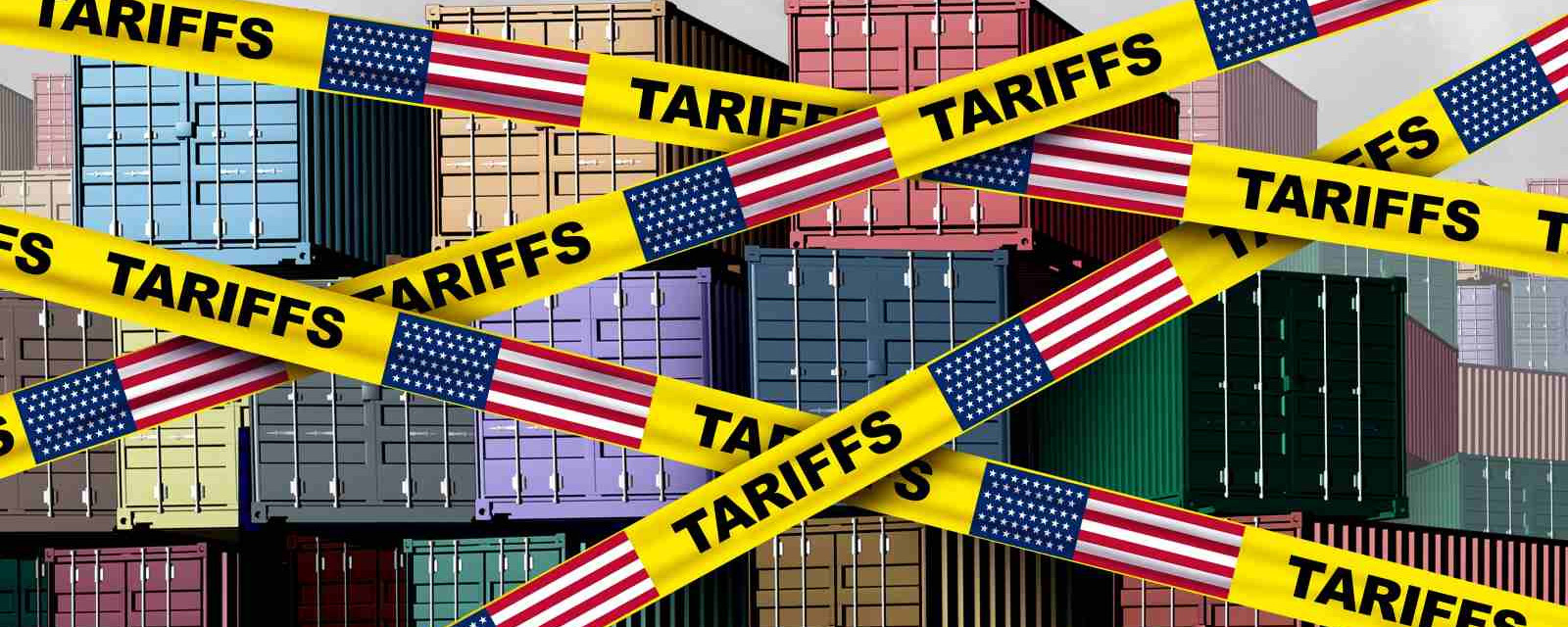U.S. Tariffs: A Response of Reason, Not Rebellion


When U.S. President Donald Trump chants “Make America Great Again,” it is more than a slogan — it comes armed with the double-edged sword of tariff policy. His August 1st, 2025 decision to impose 25% tariffs on steel, aluminum, and other goods imported from India is not merely an economic move — it is a geopolitical signal. India, however, neither bowed nor broke in response.
This is not just an unusual trade impasse - it marks a decisive moment in the shaping of future global economic alignments. The core question is not why a U.S.-India trade deal failed, but rather: Why did this confrontation arise? Did India choose conflict, or did it make a mature and far-sighted diplomatic decision? What does this mean in the context of national interest and long-term strategy?
Since late 2024, India and the U.S. engaged in multiple rounds of dialogue. The U.S. wanted India to loosen its digital data localization norms, open up its dairy and agriculture markets fully, concede to American dominance in patents and biomedical innovation, and ease foreign ownership restrictions in e-commerce. In exchange, it hinted at restoring older trade benefits like the Generalized System of Preferences (GSP), which it had unilaterally withdrawn earlier.
India remained firm in its stand — digital sovereignty, it maintained, is not just a policy issue, but a matter of national soul. Agriculture and dairy are not just economic sectors but the livelihood of millions of rural families
The new 25% U.S. tariffs on Indian steel, aluminum, pharmaceuticals, and auto-parts directly impact about $8.2 billion worth of trade. Yet, India did not retaliate or panic. It chose silence — measured, balanced, and strategic.
Trump’s tariff wars have previously targeted China, Vietnam, Brazil, and others, but India interprets this differently — as a manifestation of policy imperialism by developed nations over developing ones.
India’s refusal is not a reaction, but an assertion of sovereign policy-making. Behind this approach lie four strong pillars:
First, Building Alternatives: India has accelerated free trade agreements with the EU, UAE, Africa, and ASEAN. The India-EU FTA was signed in July 2025, and work has begun on “Strategic Commodity Corridors” with UAE and African nations. Second,
Redefining Self-Reliance: India reduced export dependence in key sectors like pharma, steel, electronics, and agro-processing. Over ₹38,000 crore in new funds has been infused into PLI schemes. Third, Message to U.S. Domestic Lobbies: India recognizes that Trump’s tariffs are unpopular even among American pharma, auto, and tech lobbies. India is preparing to challenge the U.S. at the WTO over its “opaque tariff regime.” And fourth, Preserving Policy Autonomy: For India, giving in on digital data, agriculture, or patents would mean surrendering its future self-reliance. This would be not a compromise, but a policy capitulation.
India has not yet announced any retaliatory tariffs - this is not weakness, but strategic restraint. The Ministry of External Affairs has made it clear: “India’s policy on national interest is firm, though not inflexible - but it will not bend.”
India is now actively pursuing new markets in ASEAN, Latin America, and Africa. The goal is not to trade only with the U.S., but to reduce dependency on it.
In essence, India does not view U.S. tariffs as a mere economic blow, but as a strategic test. Its stance is clear — “There can be no trade at the cost of national interest.”
India could have earned short-term benefits by compromising on digital policy, farmer protections, or sovereign decision-making. But that would have diminished its global image as a capable and independent nation.
Instead, India has reaffirmed that “a nation’s policy must be built on self-reliance, not external pressure.” Its measured defiance under pressure may now inspire a new model in global trade diplomacy — one built not on submission, but on sovereign strength.
“Trade agreements enrich nations — surrender does not. India has understood this well.”